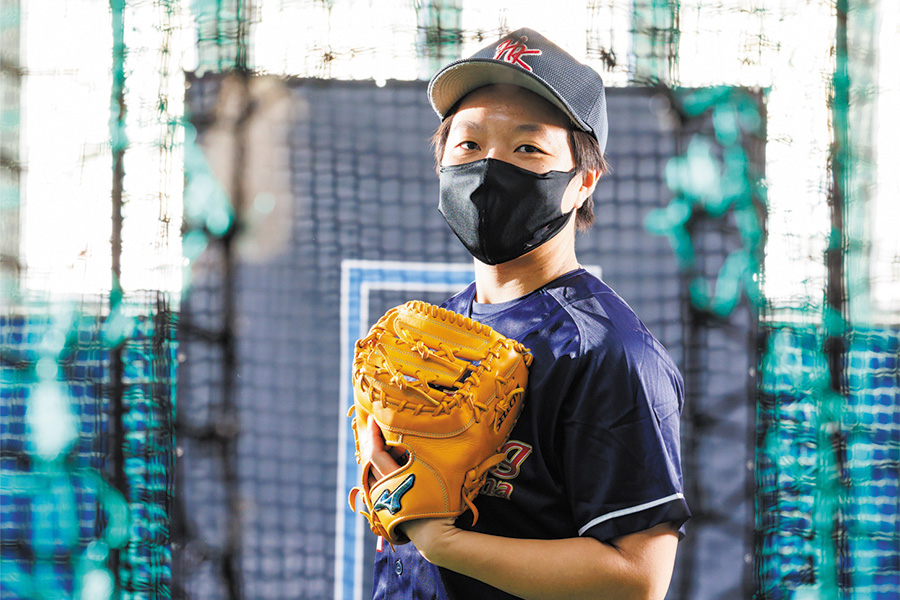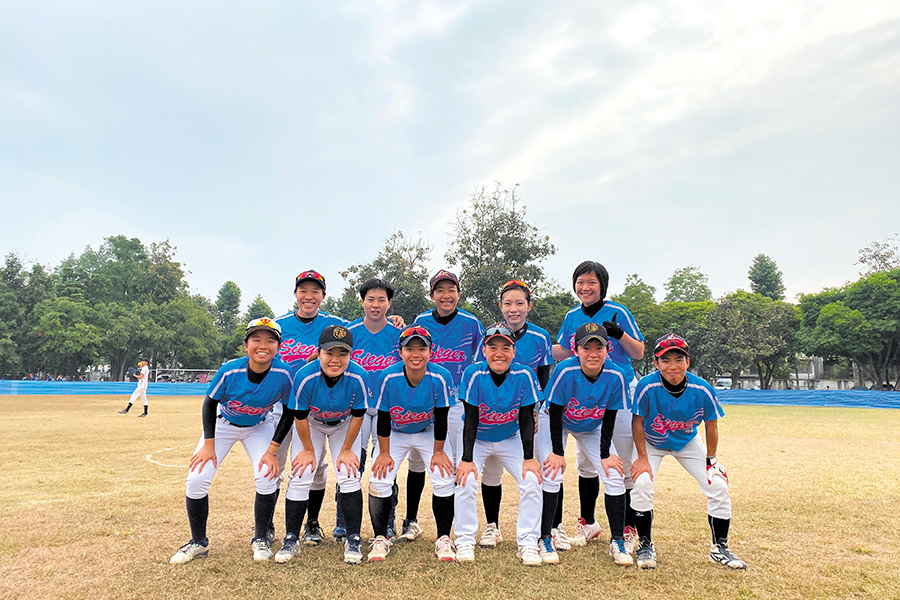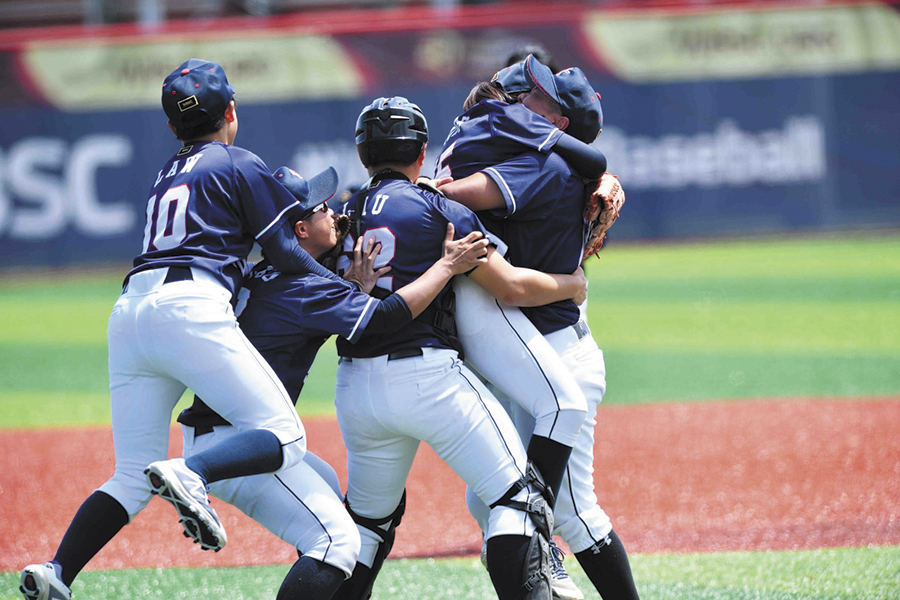The soul of baseball behind the white coat
 Dr Janice Lau, Associate Consultant of Orthopaedics & Traumatology Department at Queen Elizabeth Hospital, who is also a seasoned athlete, has enjoyed playing baseball for years. By day, the orthopaedic surgeon picks up a scalpel to treat her patients. When the sun sets, she takes off her white coat and picks up a bat to join the practices. In every training she learns from the errors and equips herself to become a better person.
Dr Janice Lau, Associate Consultant of Orthopaedics & Traumatology Department at Queen Elizabeth Hospital, who is also a seasoned athlete, has enjoyed playing baseball for years. By day, the orthopaedic surgeon picks up a scalpel to treat her patients. When the sun sets, she takes off her white coat and picks up a bat to join the practices. In every training she learns from the errors and equips herself to become a better person.
As both an athlete and an orthopaedic surgeon, Janice is no stranger to injuries. She has a lifelong love of sport that excel in badminton, track and field events, and softball since she was in primary school. Her many sporting injuries over the years fired her ambition to become an orthopaedic surgeon. “The injuries make me more empathetic,” Janice explains. “I share my own experience when I meet patients who are injured through sport. Injuries are inevitable on the field, so we have to suitably improve our physical condition to reduce the risks.”

Catcher is a favourable position for strategic planning
Janice joined the Hong Kong Women’s Baseball Team since 2017 and practises four to five days a week. Baseball is not played widely in Hong Kong because of venue limitations. “Most of the training grounds are located near residential areas and have to close at 8:30 pm,” Janice says. “My teammates come from all walks of life, but they are fully committed to the team. We are all eager to gather at the end of the day, and we cherish every training session.” Janice also keeps in shape by doing muscle strengthening exercises between operations.Janice usually plays as a catcher – a position that often involves squatting in the same place for one or two hours in heavy protective gear until the end of the game. This demands concentration and endurance but Janice enjoys the tactical opportunities the position provides. “The catcher is the only player who can observe the whole field and get the best idea of everyone’s movement,” she says. “I can observe the batter in front of me, including her swinging direction, trajectory, and small movements, so I can judge the characteristics of the players for proper signals to my pitcher and teammates. Tacit understanding and immediate reaction between team members are very important.”

Save errors and never give up
Baseball is about endurance and perseverance, Janice explains. “Unlike the common timed systems of soccer and basketball, baseball has unlimited time, and the two teams take turns to play nine innings. No matter how far you fall behind, as long as you don’t give up, you will definitely have a chance to win,” she says. The game also requires teamwork and resilience to handle errors. “Baseball is a sport with a very high failure rate and the best baseball players in the world only have a 0.3 batting average (a hitter only have 30% chance of success at the plate). You have to face failure and keep surpassing yourself again and again,” Janice says. “The defense in baseball is all about teamwork that every teammate needs to work together in fielding and catching the ball. Even if the ball is badly thrown, as long as you try your best to catch it, an error can be saved. A baseball player grows up through making decisions under pressure, avoiding mistakes, and withstanding failures, which requires psychological resilience.”Those sporting lessons provide broader lessons for Janice’s work and life. “When I look at the calluses on my palms, I remember my own efforts. It inspires me to always learn from my mistakes, and constantly improve myself, not only as a doctor but also in everything I do,” she concludes.
Interview Video